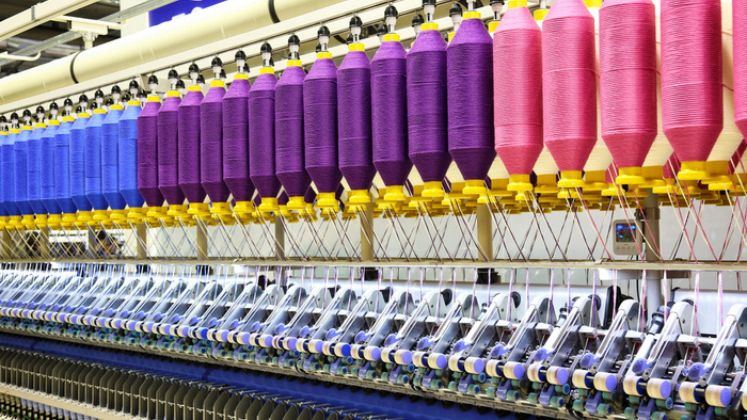
India holds a meagre 5-6 per cent market share in the world of synthetic textiles. This has resulted in a decrease in Indian textile exports, a rise in reliance on Chinese imports, and a loss of market share for the home sector.
According to two persons with knowledge of the situation, the government is thinking of taking steps to improve the competitiveness of the synthetic yarn industry overall and increase domestic production capacity by providing tax breaks and subsidies for the establishment of advanced manufacturing facilities.
“The government is working on a plan to revamp small, informal weaving and processing units by upgrading their technology,” one of the persons cited above said. This aims to enable these units to manufacture products of global standards and compete with Chinese products, the person added. The plan is now being discussed, and its details will be decided upon shortly.
The production-linked incentive (PLI) programme for the textile industry is not the same as these suggested incentives. India’s textile exports decreased from US $ 37.16 billion in 2018 to US $ 34.40 billion in fiscal year 2024 (FY ’24).
Conversely, imports have increased. India’s imports of clothing and textiles increased by 25.46 per cent between 2018 and 2023, suggesting that local demand was unsatisfied.
Imports of synthetic fibre and yarn in particular have grown quickly. High tenacity nylon yarn, for example, saw a sharp increase in imports from US $ 467 million in 2018 to US $ 1.031 billion in 2023.
Because synthetic yarns are long-lasting and low maintenance, they are frequently utilised in textiles, clothing, and home furnishings such as carpets, rugs, curtains, and upholstery. States like Maharashtra, Gujarat, Tamil Nadu, Uttar Pradesh, Punjab, and Haryana are important producers of synthetic yarn.






